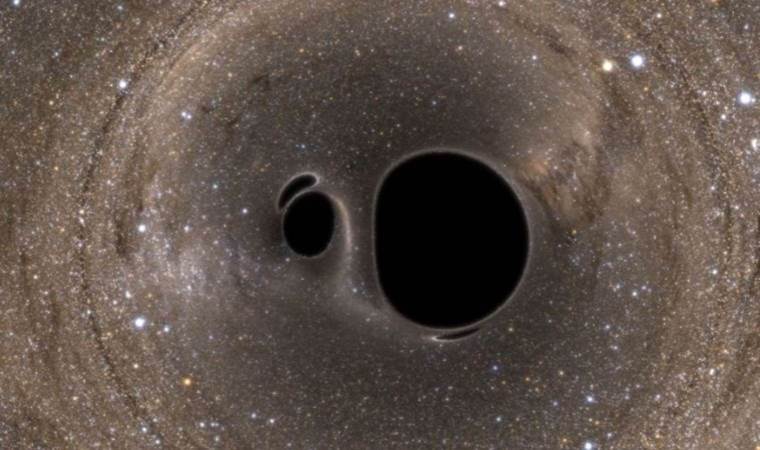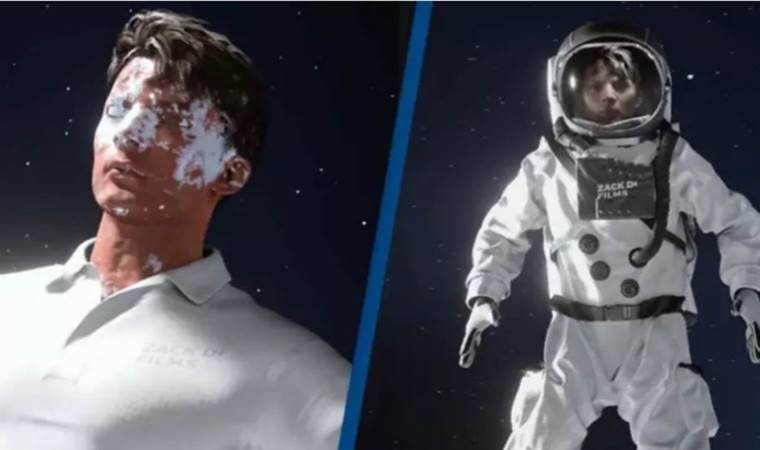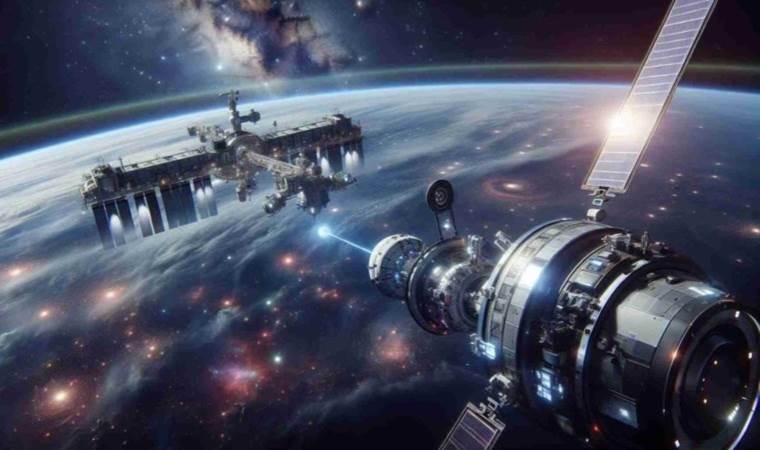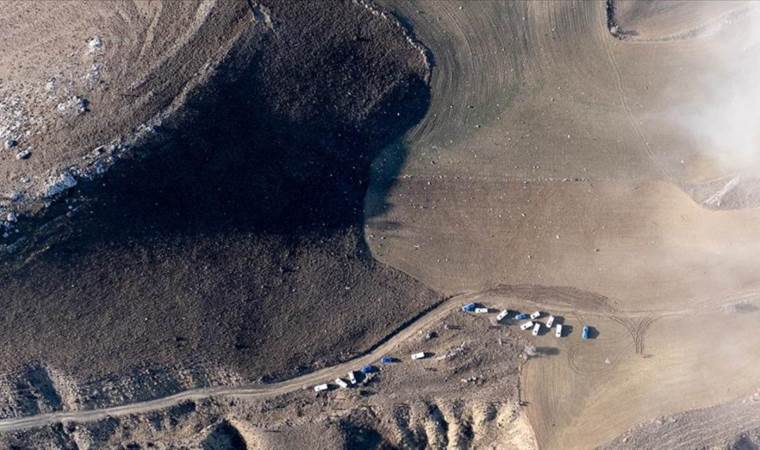Black holes or galaxies: Which came first?
According to data, black holes not only existed at the dawn of time but also gave life to new stars and accelerated the formation of galaxies.

Data from the James Webb Space Telescope suggests that black holes could have been responsible for giving life to new stars.
Findings that overturn theories on how black holes shaped the universe challenge the traditional view that black holes formed after the first stars and galaxies. Black holes may have significantly accelerated the birth of new stars during the universe's very first 50 million years, a mere blink in its 13.8 billion-year history.
BLACK HOLES MAY HAVE ACCELERATED A 50 MILLION-YEAR PERIOD
According to the information featured in Popular Science Türkçe, Joseph Silk, a physics and astronomy professor at Johns Hopkins University and the Sorbonne University Astrophysics Institute and the lead author of the study, said, "We know these monstrous black holes are located in the centers of galaxies near our own, but what's truly surprising is their presence at the beginning of the universe, almost acting as building blocks or seeds for the first galaxies. These structures, acting like giant star-formation amplifiers, have indeed supported everything. We wouldn't have thought such a thing possible; it could entirely shake up what we know about how galaxies formed."
The study was published in the Astrophysical Journal Letters.
Galaxies observed through Webb from the very early universe appear much brighter than scientists predicted, containing an extraordinary amount of young stars and supermassive black holes, according to Silk.
Traditionally, it was believed that black holes formed after the collapse of supermassive stars and that the universe's first dark voids were illuminated by galaxies formed after the first stars. However, Silk's team's analysis suggests that black holes and galaxies coexisted within the first 100 million years, influencing each other's fate. Silk likens this period to the early days of January if the entire history of the universe were a 12-month calendar.
"We argue that material flowing out from black holes compressed gas clouds, converting them into stars and greatly accelerating the rate of star formation," Silk explains. "Otherwise, it's very hard to understand where these bright galaxies came from since they are usually smaller in the universe's early periods. How could they form stars so quickly?"
In regions with black holes, gravity is so strong that nothing, not even light, can escape its pull. This force creates powerful magnetic fields, causing violent storms and turbulent plasma, ultimately acting as massive particle accelerators, says Silk. This process likely led Webb's sensors to detect more of these black holes and bright galaxies than scientists expected.
"We can't see these violent winds or jets very far away, but we know they must exist because we see many black holes in the universe's early times," Silk explains. "These massive winds from black holes compress nearby gas clouds, converting them into stars. This is the missing link explaining why these first galaxies are much brighter than we expected."
Silk's team hypothesizes that the young universe went through two phases. In the first, rapid streams of matter ejected from black holes accelerated star formation, and in the second phase, these outflows slowed down. A few hundred years after the Big Bang, supermassive black holes' magnetic storms caused gas clouds to collapse, forming new stars at much higher rates than observed in normal galaxies billions of years later. As these strong outflows transitioned into a type of energy conservation, reducing the amount of gas available for star formation in galaxies, the rate of star formation slowed down.
"Initially, we thought galaxies formed when a giant gas cloud collapsed," Silk explains. "The real surprise was finding a seed in the middle of that cloud; a large black hole that helped convert the cloud's interior into stars at a much higher rate than expected. That's why the first galaxies appear incredibly bright."
The research team hopes that future observations with Webb, along with a more precise counting of the early universe's stars and supermassive black holes, will help confirm their calculations. Silk also expects these observations to provide more clues about the evolution of the universe.
"The real question is; what was at our beginning? The Sun is just one of 100 billion stars in the Milky Way galaxy, and there's also a supermassive black hole at its center. What's the connection between the two?" he says. "Within a year, we'll have a much better idea, and many of the questions we have will start to find answers."
Most Read News
-
 'Intimidation and coercion': France condemns US visa res
'Intimidation and coercion': France condemns US visa res
-
 Germany slams US ban on German non-profit group supporti
Germany slams US ban on German non-profit group supporti
-
 Israeli premier asks aides to prepare for possible Kness
Israeli premier asks aides to prepare for possible Kness
-
 Libyan military delegation examining wreckage of crashed
Libyan military delegation examining wreckage of crashed
-
 Russia says will formulate position on US peace plan in
Russia says will formulate position on US peace plan in
-
 Security guarantees, EU entry: Zelenskyy presents Ukrain
Security guarantees, EU entry: Zelenskyy presents Ukrain
-
 New York will fight Islamophobia, racism against Palesti
New York will fight Islamophobia, racism against Palesti
-
 Turkish foreign minister meets Hamas delegation in Ankar
Turkish foreign minister meets Hamas delegation in Ankar











